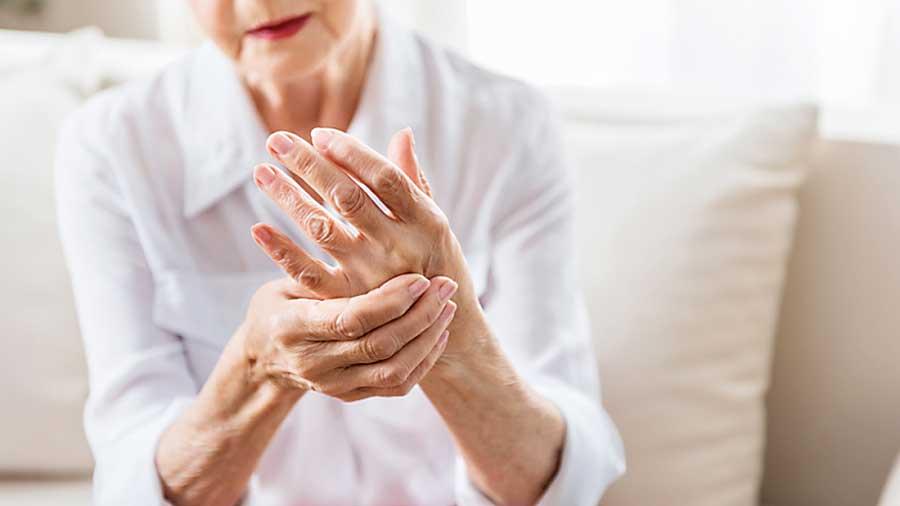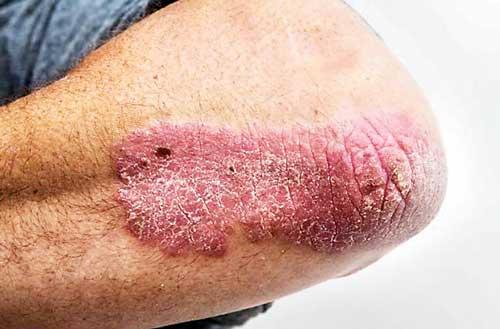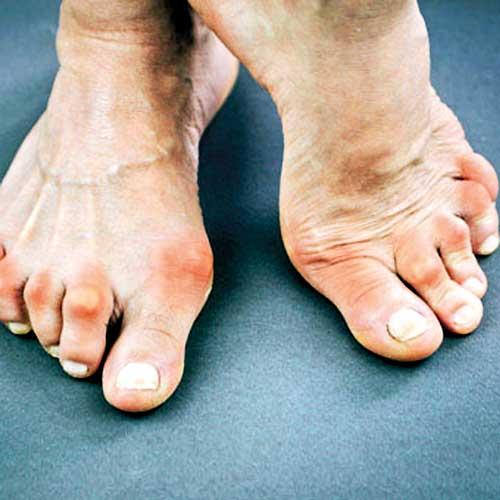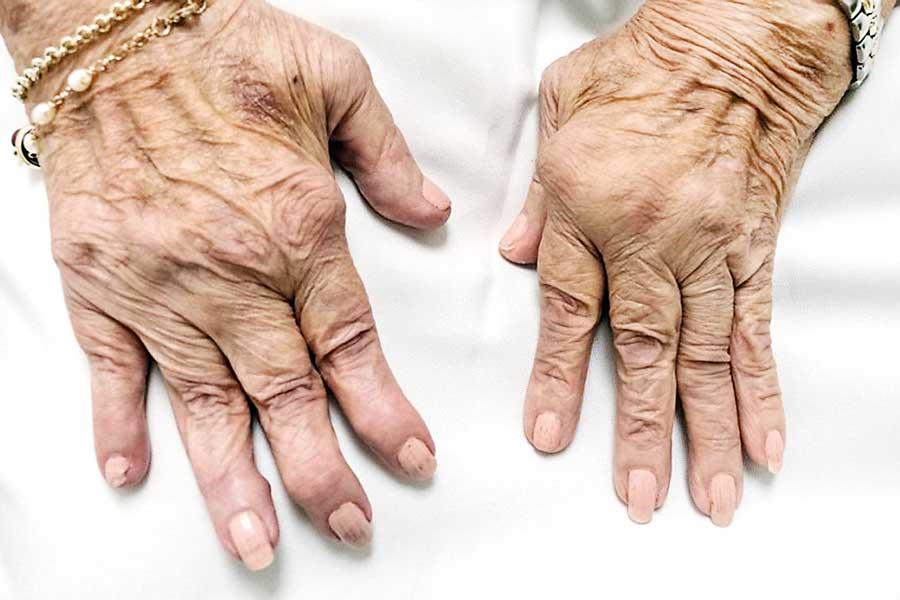04 Oct 2019 - {{hitsCtrl.values.hits}}

 Arthritis as many believe is pain within a joint. But the change that is seen within other organs simultaneously with arthritis is difficult to diagnose or treat. I will briefly explain some of the common conditions occurring hand in hand with arthritis in the following paragraphs. Some of these “Extra articular (Outside the joint)” manifestations are more troublesome than arthritis itself.
Arthritis as many believe is pain within a joint. But the change that is seen within other organs simultaneously with arthritis is difficult to diagnose or treat. I will briefly explain some of the common conditions occurring hand in hand with arthritis in the following paragraphs. Some of these “Extra articular (Outside the joint)” manifestations are more troublesome than arthritis itself.

Tiredness and arthritisUndue tiredness happening during a bad bout of arthritis is called fatigue. This is termed undue as we do not expect tiredness after a good night s sleep. The exact reason which causes tiredness is unknown. I encounter fatigue in patients who have inflammatory arthritis types like rheumatoid arthritis and lupus. The tiredness is the biggest issue among most patients. Correct treatment for joint disease settles tiredness in no time.Skin conditions in arthritisDiseases like Lupus are associated with numerous skin disorders like a cheek rash ( butterfly rash ) , hair loss, sun light sensitive rash and mouth ulcers. A skin disease called psoriasis is sometimes associated with arthritis of the spine.Lack of blood cellsAnaemia is the term given for low haemoglobin levels in the blood. Haemoglobin carries oxygen all over the body and when it is low in quantity we call it anaemia. This is seen in severe inflammatory arthritis and might easily cause symptoms such as breathlessness or lack of energy in the patients.There are numerous reasons why arthritis leads to anaemia. Some of the strong pain relievers are known to cause ulcers in the stomach. The minute amounts of bleeding from there can cause anaemia. Some drugs given for severe arthritis can slow down the production of blood cells. Also long standing arthritis can cause malfunction of the bone marrow which is actually the blood cell producing factory in humans.Not just red blood cells but even white blood cells are low in number is certain conditions like Lupus and rheumatoid arthritis.Lung damage in arthritisThe lungs are also affected rarely in arthritis. Rheumatoid arthritis can cause lung nodules and a condition called lung fibrosis. During the process of lung fibrosis certain areas of the lung which usually allow the blood to absorb oxygen get damaged. This lung damage is irreversible. If arthritis is identified early we could avoid this damage. Other than for rheumatoid arthritis conditions like systemic sclerosis and myositis can also induce changes in the lung.
Rheumatoid arthritis can cause lung nodules and a condition called lung fibrosis. During the process of lung fibrosis certain areas of the lung which usually allow the blood to absorb oxygen get damaged

Eye damage in arthritisSevere arthritis can change the eyesight and induce damage to this vital organ. Uveitis is swelling/ inflammation of the eye parts. An arthritis type named spondyloarthritis can cause uvietis. A rare disease called ANCA assisted vasculitis can also cause uveitis and arthritis. Even rheumatoid arthritis can cause damage to the sclera ( the white part of the eye ) and cornea ( the black part of the eye ). Dry eyes is a key feature of Sjogrens syndrome which can present with associated joint swelling.Kidney damage in joint diseaseArthritis patients can suffer from numerous kidney disorders partly due to medication or the disease itself. Strong pain killers like NSAIDS if taken at length in higher doses can cause damage to kidneys. Severe joint disease itself can result in conditions like glomerulonephritis. Lupus is a disease which affects not just the joints but sometimes even the kidneys. Therefore as a routine, we screen the patients for kidney function tests while they are started on medication.
As inflammatory arthritis might be detected by a troublesome manifestation outside the joint, it is very important for the patients to be aware of the above conditions. Sometimes the diagnosis of arthritis is not straightforward and involvement of a variety of medical specialists is needed to arrive at a conclusion. Although uncommon, these “outside of a joint” symptoms are best diagnosed and treated early in the course of the disease.
(The writer is a Consultant in Rheumatology and Rehabilitation and a Fellow of American College of Rheumatology)

22 Dec 2024 11 minute ago
21 Dec 2024 21 Dec 2024
21 Dec 2024 21 Dec 2024
21 Dec 2024 21 Dec 2024
21 Dec 2024 21 Dec 2024